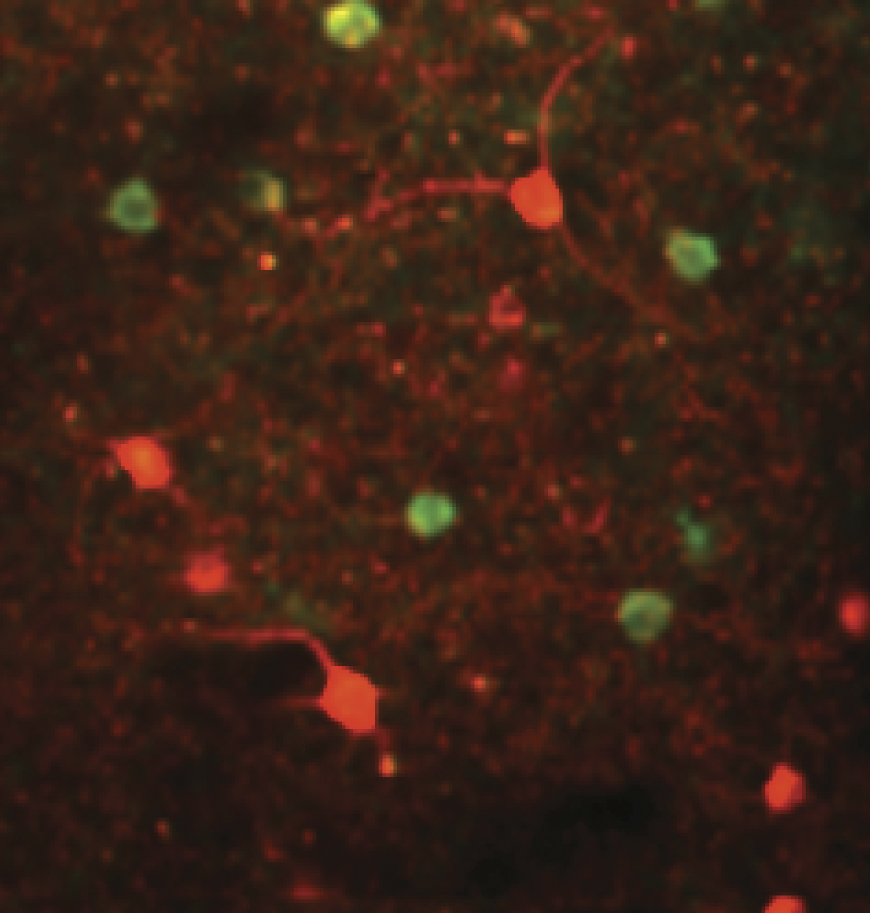[ Source: The Picower Institute | September 08, 2021 ]
As mice watched movies, scientists watched their brains to see how vision could be represented reliably. The answer is that consistency in representation is governed by a circuit of inhibitory neurons
With inputs from more than 100 other brain regions and sophisticated control of where and when it sends out norepinephrine (NE), the LC’s tiny population of surprisingly diverse cells may represent an important regulator of learning from reward and punishment, and then applying that experience to optimize behavior, said Mriganka Sur, Newton Professor of Neuroscience in The Picower Institute for Learning and Memory and the Department of Brain and Cognitive Sciences at MIT.
When it comes to processing vision, the brain is full of noise. Information moves from the eyes through many connections in the brain. Ideally the same image would be reliably represented the same way each time, but instead different groups of cells in the visual cortex can become stimulated by the same scenes. So how does the brain ultimately ensure fidelity in processing what we see? A team of neuroscientists in The Picower Institute for Learning and Memory at MIT found out by watching the brains of mice while they watched movies.
What the researchers discovered is that while groups of “excitatory” neurons respond when images appear, thereby representing them in the visual cortex, activity among two types of “inhibitory” neurons combines in a neatly arranged circuit behind the scenes to enforce the needed reliability. The researchers were not only able to see and analyze the patterns of these neurons working, but also once they learned how the circuit operated, they took control of the inhibitory cells to directly manipulate how consistently excitatory cells represented images.
“The question of reliability is hugely important for information processing and particularly for representation – in making vision valid and reliable,” said Mriganka Sur, Newton Professor of Neuroscience in MIT’s Department of Brain and Cognitive Sciences and senior author of the new study in the Journal of Neuroscience. “The same neurons should be firing in the same way when I look at something, so that the next time and every time I look at it, it’s represented consistently.”
Research scientist Murat Yildirim and former graduate student Rajeev Rikhye led the study, which required a number of technical feats. To watch hundreds of excitatory neurons and two different inhibitory neurons at work, for instance, they needed to engineer them to flash in distinct colors under different colors of laser light in their two-photon microscope. Taking control of the cells using a technology called “optogenetics” required adding even more genetic manipulations and laser colors. Moreover, to make sense of the cellular activity they were observing, the researchers created a computer model of the tripartite circuit.
“It was exciting to be able to combine all these experimental elements, including multiple different laser colors, to be able to answer this question,” Yildirim said.
